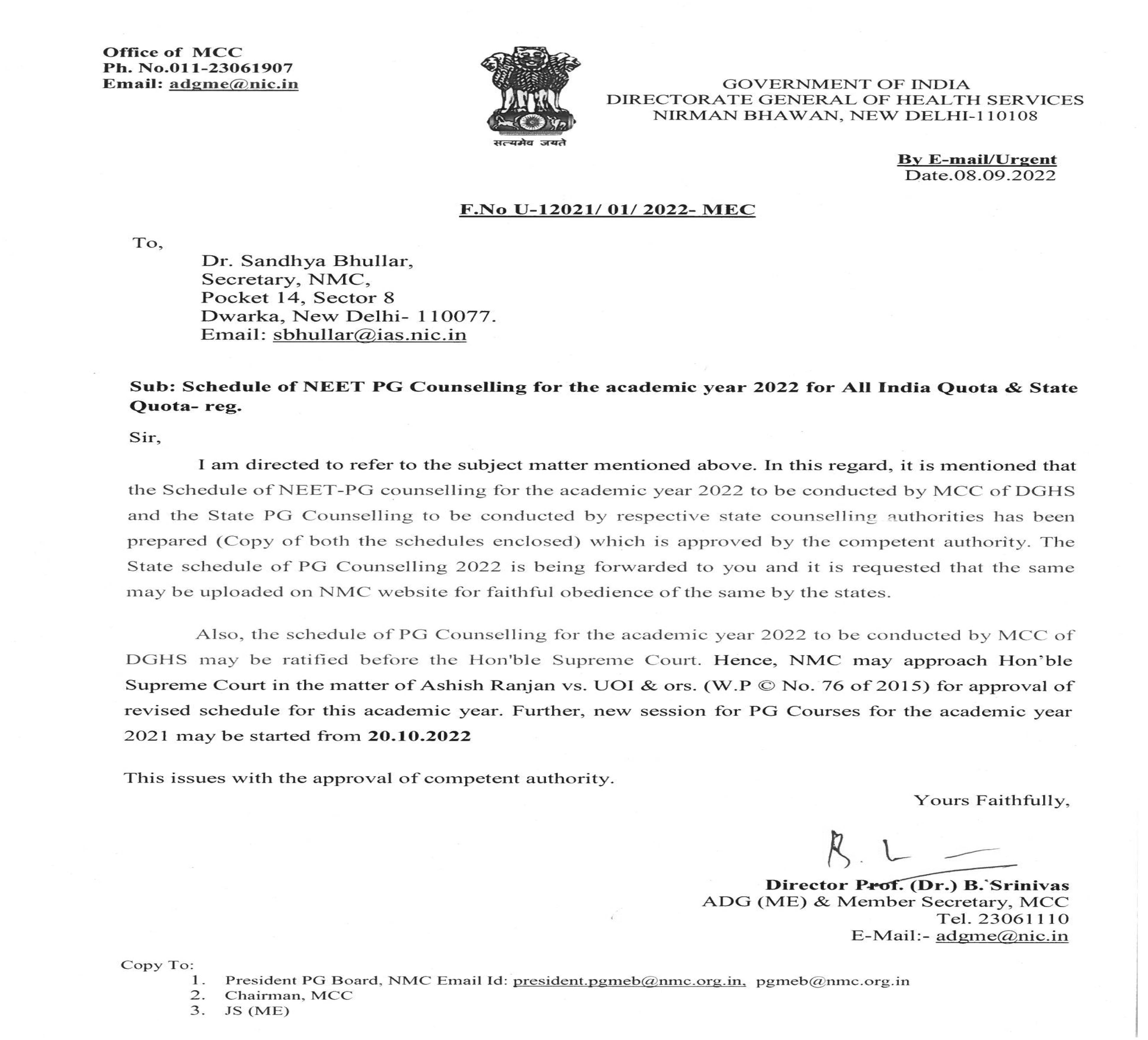Researchers at the University of Central Florida (UCF) have developed a revolutionary hemostatic bandage called SilFoam, which could dramatically reduce fatalities caused by severe bleeding in traumatic accidents. Detailed in the journal Biomaterials Science, this innovative sponge-like bandage not only stops bleeding quickly but also has antimicrobial properties, addressing two critical aspects of emergency care.
A Life-Saving Innovation
Hemorrhaging is a leading cause of death in severe injuries, especially within the critical first hour. “Our whole idea was to develop a very simple solution that could provide hemostatic efficacy within that time. If you can save the patient, then the doctors and nurses can do the rest,” explains Kausik Mukhopadhyay, assistant professor of materials science and engineering at UCF and co-author of the study.
SilFoam, delivered as a liquid gel via a two-chamber syringe, rapidly expands into a sponge upon mixing at the injury site. It applies pressure to stop bleeding while simultaneously preventing infections thanks to its silver oxide content. For every 5 milliliters of gel injected, the sponge expands to about 35 milliliters, providing fast and effective wound coverage.
Improved Wound Management
Unlike traditional bandages, SilFoam is designed to be easy to remove without causing further damage. “Its adhesive properties are optimized so that smaller vessels don’t rupture during removal,” Mukhopadhyay notes, adding that the sponge’s porosity helps it seal the wound while promoting the body’s natural clotting process.
The foam’s heat and oxygen release during its formation also help accelerate the clotting process. “Instead of creating a rigid rubber, we made a soft sponge with internal porosity,” Mukhopadhyay explains, highlighting how the bandage adapts to the body’s needs.
Successful Early Testing
Testing the SilFoam bandage using realistic blood vessel models created by SIMETRI, a local company, yielded promising results. Mukhopadhyay’s team found that SilFoam outperformed five other hemostatic methods, offering key advantages like room-temperature storage and ease of use with minimal training.
Graduate student Pritha Sarkar, who assisted with the experimentation, ensured the bandage was safe, non-toxic, and effective. “Our polymer system doesn’t stick to your skin, so it’s very easy to remove once it’s done its job,” she explains.
Antibacterial Efficacy
The antimicrobial aspect of the research was led by UCF’s College of Medicine professor Melanie Coathup, who worked with Mukhopadhyay’s team to test SilFoam’s ability to prevent infections. “Our results showed that the material was highly effective at stopping bacterial growth,” Coathup says, emphasizing that traumatic injuries are prone to infection.
Looking Ahead
With SilFoam’s initial success, Mukhopadhyay has received a GAP award to support licensing and further development. The next phase involves in vivo testing in collaboration with the University of Nebraska Medical Center, paving the way for this groundbreaking solution to be used in real-world emergency situations.
This innovative bandage promises to be a game-changer in emergency medicine, potentially saving countless lives by stopping fatal bleeding and preventing infections in severe injuries.












